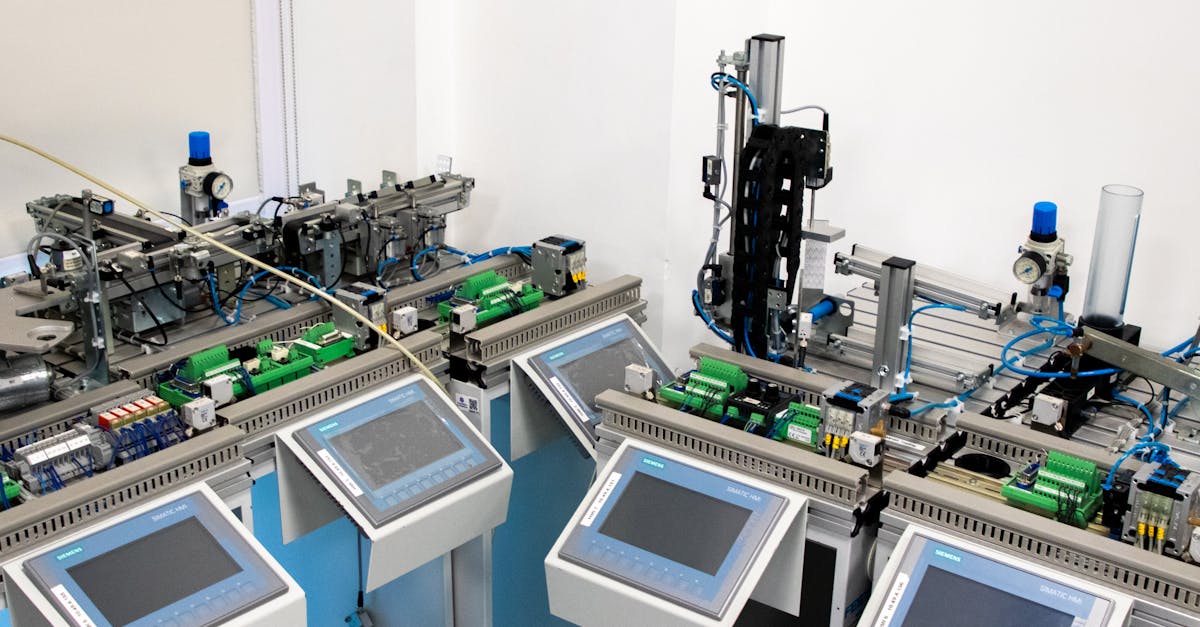
If you’re a CFO in manufacturing or distribution, you probably hear the term “EDI VAN” and sigh, because, frankly, it’s never just about technology. It’s about invoices moving, cash flowing, compliance being buttoned up and the very real costs and risks hiding in your EDI contract. You want control, predictability, and a system that works without making your IT director groan. Let’s break down what you need to know, minus the jargon, but with enough detail so even seasoned EDI professionals feel seen.
An EDI VAN (Value-Added Network) is a secure, managed network that routes business documents (orders, invoices, ASNs) between you and your trading partners. Forget about building dozens of one-to-one connections. Instead, you get a digital mailbox where you send and receive documents using industry standards like X12 or EDIFACT. The VAN handles communication protocols, data validation, encryption, and archiving, so you don’t lose sleep over compliance or missed messages.

You might think EDI is running smoothly in the background. But if you aren’t paying attention to how your VAN operates, you could be overpaying (hello, mailbox and overage fees), or you could be on the hook for disruptions, failed audits, or slow partner onboarding that hits your bottom line. If you’ve managed EDI in any capacity, you know the pain of mailbox fees, message fees, setup fees... none of that applies here with transparent models, but the sting remains for many VAN users across the industry.
This hub-and-spoke setup eliminates the cost and complexity of maintaining one-off connections, and once you’re set up, adding new trading partners is far simpler than point-to-point integrations.
If you’re managing budgets, you know the sticker price is only the start. Here’s what’s usually buried in the contract:
On top of these direct costs, you pay for:

Many EDI contracts include multi-year terms, opaque volume escalators, and even penalties if you ever want to leave. Sometimes, you find a line item for each extra mailbox, and partners get billed separately for AS2 or special protocols. You may already be tired of annual price escalators or “evergreen” (automatic renewal) clauses. If you’re a long-timer, you know these legacy approaches are a holdover from the days of dial-up and not suited for a modern, data-driven supply chain.
Change can feel daunting. Many CFOs and IT directors put up with high fees and rigid contracts just to avoid downtime, retraining, or angry trading partners. The truth? With a modern VAN, migration can be seamless. At BOLD VAN, migrations are typically completed in one day, without service interruption, and you don’t have to change your ERP or contact partners. If your current provider makes this seem impossible, it’s worth questioning why.
Free onboarding, transparent project status, and no forced updates can save you months of resource drain. If you want to get into the details of trading partner setup, check out our guide to EDI onboarding best practices.
You want proof, not promises. Several major brands in the manufacturing and food industries have already migrated to BOLD VAN and reported quantifiable results:

Industry standards demand robust encryption, audit trails, and data retention for up to 7 years, depending on your industry. If your VAN can’t deliver automated validation, sector-specific compliance (think FDA, retail EDI, ISO), or real-time accessibility, you’re exposed. At BOLD VAN, every transaction is stored for a minimum of 90 days (and archived for 7 years), and all support is US/EU-based, with compliance frameworks (X12, AS2, FTP, HTTP) built in.
You shouldn’t have to become an EDI expert just to manage budget and risk. Insist on transparency, demand pricing in plain language, and require service-level guarantees (uptime, migration, and onboarding). If you want to benchmark your current EDI spend, upload your latest VAN bill for a price beat at BOLD VAN, or schedule a demo to see how the technology and support work in practice.
Ready to make EDI a cost advantage instead of a painful liability? Get clarity and control with BOLD VAN—where there’s no guessing about your costs, risk, or readiness to support even your toughest trading partners. Whether you’re tackling your first integration or managing complex ERP migrations, we’re committed to making your EDI journey practical, predictable, and genuinely risk-free.

This blog explains how an EDI VAN can streamline operations, cut hidden costs, and reduce risks associated with outdated, opaque contracts. It provides CFOs and IT leaders with practical guidance and real-world case studies to help transition to modern, predictable pricing models while ensuring compliance and efficient partner onboarding.

Manufacturers are breaking free from hidden EDI fees and vendor lock-in. Learn how transparent pricing, open standards, and same-day migration with BOLD VAN cut costs, remove risk, and keep your supply chain connected.

Manufacturers are replacing rigid ERP and EDI systems with modular, composable solutions. Learn how BOLD VAN helps you cut costs, speed up partner onboarding, and future-proof your supply chain.